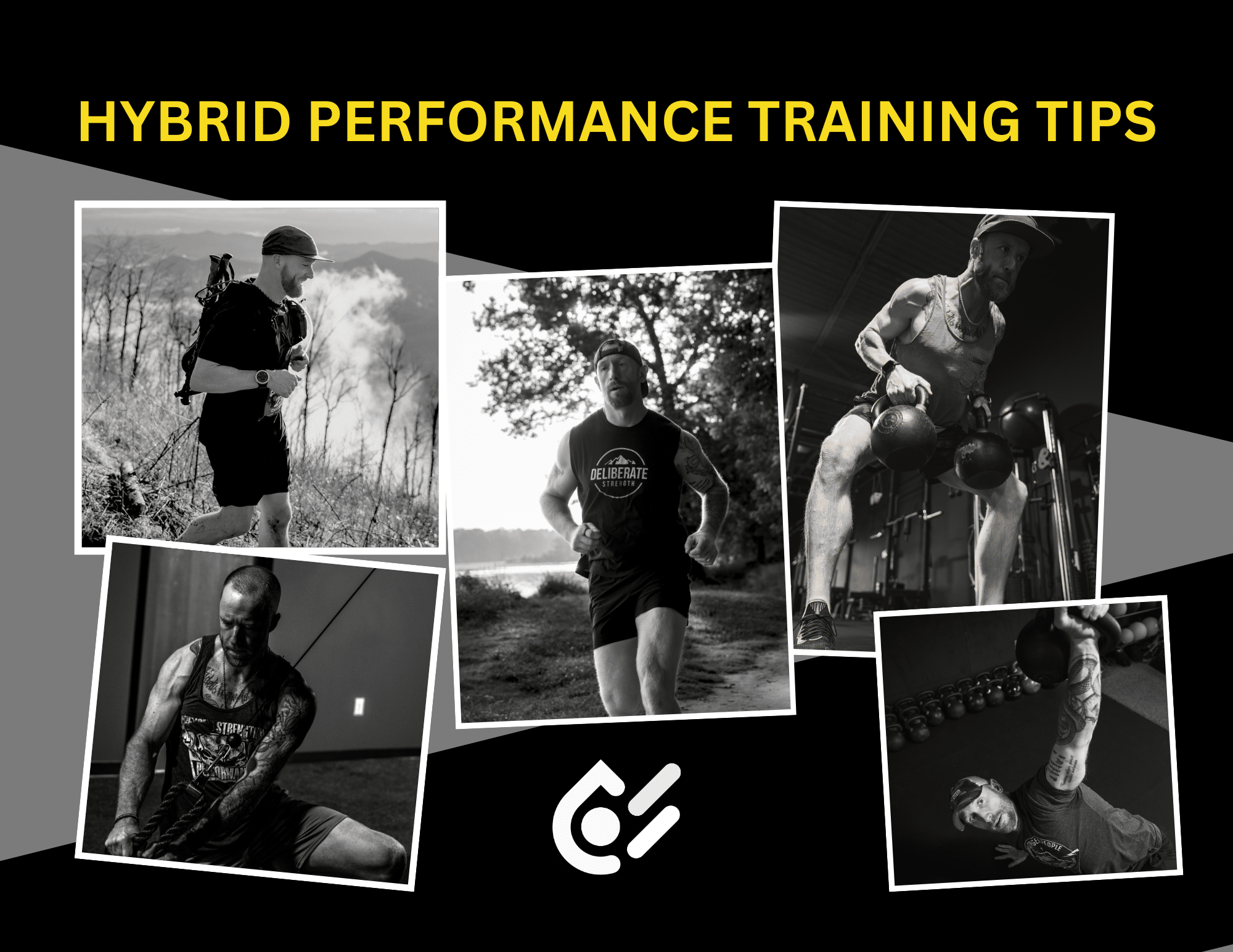Slowing down is part of aging. It’s a deal with no opt out. That being said, there’s a lot that we can do to fight off age-related cognitive decline. Sleep, stress management, and nutrition are huge factors. But so is exercise, specifically what most people call cardio. (We call it aerobic training.) Did that shit surprise you? Aerobic exercise helps increase a compound in the brain that helps keep your circuitry young. It’s called Brain Derived Neurotrophic Factor (BDNF).
Let’s talk about how it works.
What is BDNF?
Here’s what Wikipedia says:
Brain-derived neurotrophic factor (BDNF), or abrineurin,[5] is a protein[6]that, in humans, is encoded by the BDNF gene.[7][8] BDNF is a member of the neurotrophin family of growth factors, which are related to the canonical nerve growth factor (NGF), a family which also includes NT-3 and NT-4/NT-5. Neurotrophic factors are found in the brain and the periphery. BDNF was first isolated from a pig brain in 1982 by Yves-Alain Barde and Hans Thoenen.[9]
And here’s me putting that into understandable American English for you:
BDNF helps maintain your brain, central nervous system, and peripheral nervous system. It keeps your existing tissues healthy and helps new nervous system tissues grow and create to neurons and synapses in your brain. This is important because, well, if your tissues don’t stay healthy, and if you don’t keep growing new ones, your brain doesn’t work as well. Then, my friends, we have physical and cognitive decline.
High levels of serum (blood) BDNF help fight age-related cognitive decline by keeping your brain and nervous system tissues new and healthy.
And all types of aerobic exercise increase BDNF.
Aerobic Exercise Helps Keep Your Brain Healthy
We’ll begin this section with the great news. You can increase BDNF in your blood by doing high-intensity aerobic exercise and by doing long-duration moderate aerobic exercise.
A study tested whether intensity or duration of aerobic exercise had the biggest effect on blood BDNF levels. Every aerobic exercise protocol they tested increased BDNF. They found, however, that what they defined as vigorous exercise (80% of heart rate reserve) and exercise that lasted at least 40 minutes, had the greatest effect. So, whether you’re hitting a spicy workout that lasts 40 minutes or less, or you’re out on a long-duration moderate jaunt, you’re increasing BDNF in your blood.
Now, if you’re consistent with aerobic exercise, that means you’re perpetually elevating BDNF levels, which gives you a fighting chance to maintain brain health and stave off cognitive delcine for as long as possible.
And it’s never too late to start!
Start now, stay consistent with aerobic training at least a couple of times per week, and you’ll help preserve your brain.
Think of how much more of life you’ll get to enjoy with a brain that works better into old age. Think of how much more you’ll improve your experience now with a sharper brain (BDNF helps with that, too.)
If you’re already a Beyond Strength member, we’ll see you at Vigor and Endurance class to boost your BDNF.
If you’re not yet a Beyond Strength member, do your cardio. Better yet, come do it with us! Click FREE INTRO in the website menu to schedule your free intro for in-person training or fill out the form below to get our hybrid tips email series and a sweet offer to train with us online.
You might also like:
- HOW TO PLAN A HYBRID ATHLETE TRAINING WEEK
- HOW A HYBRID ATHLETE SHOULD PLAN THEIR TRAINING DAY
- 4 REASONS WHY YOUR ENDURANCE PLATEAUED
- HOW TO TRACK YOUR FITNESS PROGRESS
- GAMING YOUR WEARABLES: HOW TO BEAT YOUR FITNESS TRACKERS INSTEAD OF THEM BEATING YOU
- MORPHEUS HEART RATE TRAINING: WHAT IT IS, WHY WE USE IT, AND HOW YOU CAN GET THE MOST OUT OF IT
- THE MOST IMPORTANT FITNESS VARIABLES: CONSISTENCY AND CONTINUITY
- HOW TO SET GOOD GOALS
- LIVE PHYSICALLY IN 2024
- 3 WAYS TO INCREASE MUSCLE MASS
- LIVE YOUR EVERDAY ADVENTURE
- WHEN CAN YOU EXPECT REAULTS FROM TRAINING?
- WHY STRENGTH SHOULD BE YOUR MAIN FOCUS DURING THE FALL AND WINTER
- YOU’RE NOT OLD, YOU’RE JUST ACTING LIKE IT
- BUILDING RESILIENCE: HOW MOBILITY TESTS ENHANCE YOUR STRENGTH TRAINING
- RELATIVE STRENGTH: WHAT IT IS, WHY WE TEST IT, AND HOW TO BUILD IT
- LIFE BEYOND YOUR GYM GOALS
- EUSTRESS TRAINING: HOW TO LIFT WEIGHTS AND MANAGE STRESS AT THE SAME TIME
- WANT TO MAKE PROGRESS? PUT SOMETHING HARD ON THE CALENDAR
- HOW TO RECOVER FROM YOUR WORKOUTS
- START NOW: WHY WAITING FOR THE PERFECT TIME IS THE WORST THING TO DO
- HOW (AND WHY) OUR YEAR-LONG TRAINING PLAN WORKS

